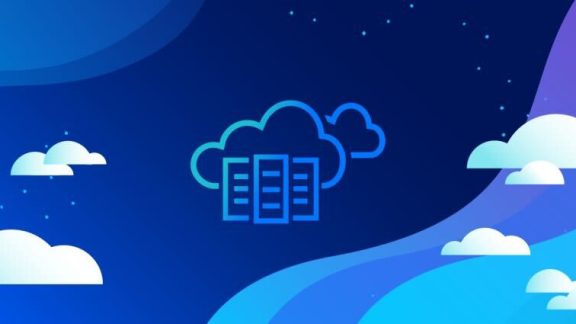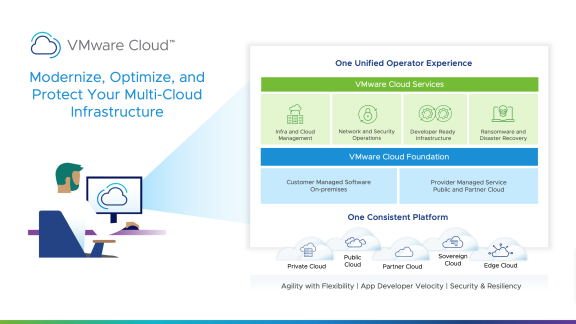In this segment, part 5, of this multi-part blog series on multi-cloud use maturity, we look at the topic of cloud financial management. A comprehensive eBook that includes the entire multi-cloud use maturity framework can be found here. At the end of this blog, you can find links to all the prior blogs in this series.
IT Financial Management before Cloud
When applications were primarily built on premise, in an organization’s own data center, most app dev teams operated in a shared service environment. In this environment Central IT was responsible for supplying all of the infrastructure needed to support app dev initiatives.
Charge-back, while a great topic of discussion among IT and business leaders, was not the norm. Show back was far more common but not nearly as common as a model where organizations carried and reported all IT costs centrally. Rarely were these costs broken out by consuming organization.
An unwelcome surprise
As organizations embraced the public cloud, everything changed. Costs now flowed back directly to the consuming organization. Pay as you go, while enticing at the start turned out to have a dark side. As organizations ramped up their efforts in the cloud, runaway cloud costs began to be a focus on concern. Most organizations had a poor handle on how much they were spending or who was spending it.
The inability to control the cost of cloud resources, the uncertainty and surprises associated with these costs and the fact that using the cloud was moving from something that was initially considered ad-hoc and tactical to something that was mainstream and strategic; has driven a need to introduce a new discipline focused on the governance and financial management of cloud resources.
Take control of cloud costs
The activities below represent a set of practices that most organizations will have to develop a competency in if they are to excel at the use of multiple clouds.
- Using an automated and repeatable process to provide teams with visibility into resource usage and costs (what is being used, who is using it, how much they are using)
- Using an automated and repeatable process to identify and rightsize under-utilized or zombie resources.
- Using an automated and repeatable process to identify opportunities to save money through the use of reservations.
The first process above, establishing an automated mechanism that delivers visibility into what resources are being used and by which users is the foundation of the other two practices. Implementing a technology platform that automates the process of collecting and reporting on cloud resource usage is the right starting point to begin to build maturity around cloud financial management.
Once this foundational capability is in place, organizations are now able to pursue higher level objectives. They can seek out opportunities to optimize their spending by focusing on issues such as eliminating zombie instances and rightsizing resources. They can also focus on the strategic use of reservations and other vehicles that represent discounts off the list prices of on-demand pricing. Focusing on optimization opportunities can lead to significant savings
Bigger savings accrue to organizations that combine optimization opportunities with policy and automation. As organizations do this, they move from being opportunistic in their pursuit of savings to be systematic and continuous in their approach to cloud financial management. Our experience with our own customers, those who leverage VMware to help with these tasks, suggests that many organizations can significantly reduce their run rate cloud spend.
A whitepaper, “Benchmark Your Cloud Maturity: A Framework for Best Practices” is a great resource for organizations looking to improve how they execute against cloud financial management and other governance objectives. It was created by the CloudHealth by VMware team. This team pioneered public cloud management and today help thousands of companies manage billions of dollars of public cloud spend. The framework provides a step-by-step approach to increasing your cloud financial management capabilities.
The complete blog series
Achieving multi-cloud use maturity – new eBook can help
Multi-Cloud Use Maturity – Competency in onboarding the cloud
Multi-Cloud Use Maturity – Leveraging cloud services
Multi-Cloud Use Maturity – Make sure DevOps practices are solid
Multi-Cloud Use Maturity – Data Center Modernization
Multi-Cloud Use Maturity – Cloud Financial Management







